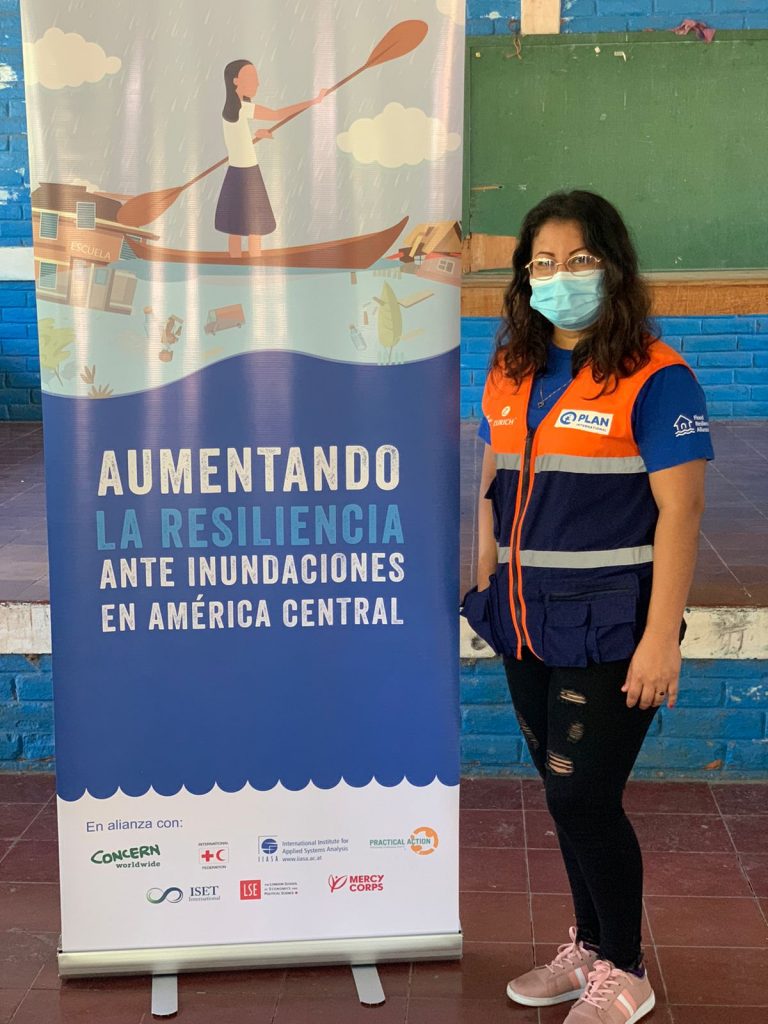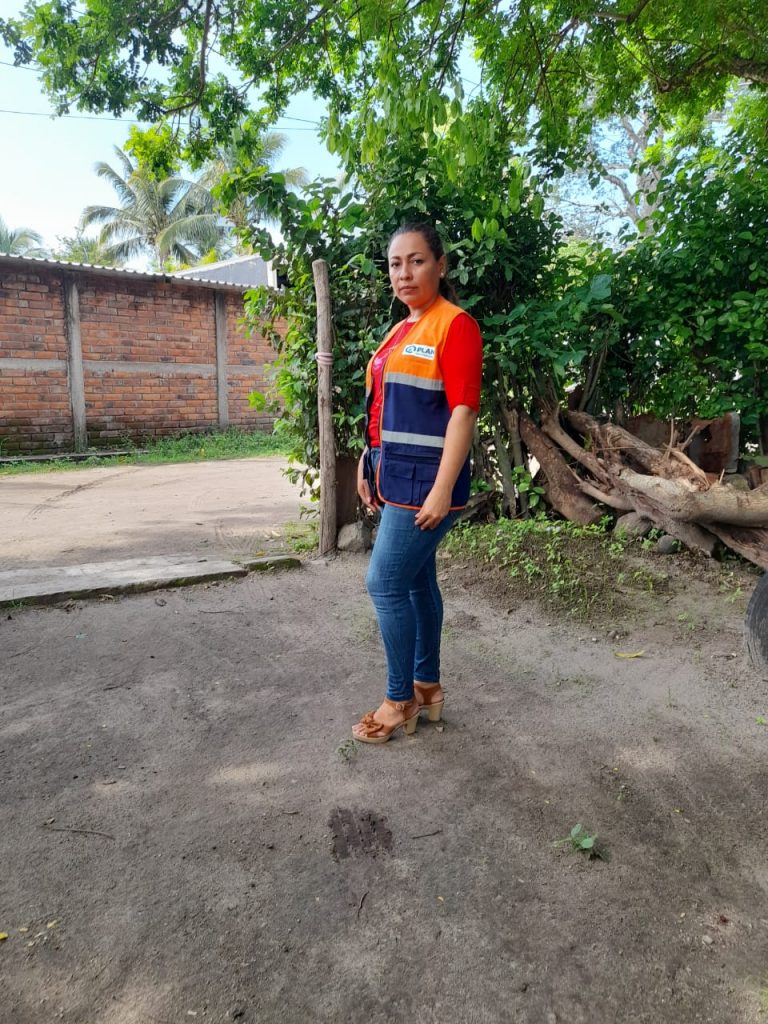Knowing how to deliver first aid is essential for emergency response and contributes to reducing injuries and deaths during floods and other emergencies. As a member of the Zurich Flood Resilience Alliance, Plan International is working with four communities in El Salvador to strengthen first aid knowledge which contributes to these communities’ flood resilience.
Plan International’s flood resilience work in El Salvador is guided by the Flood Resilience Measurement for Communities (FRMC) framework and tool. The FRMC allows us to, in collaboration with the communities we work with, understand current levels of flood resilience and identify appropriate action for enhancing it.
Our FRMC results showed a significant gap in first aid knowledge within the Salvadorian communities we work with. Less than 20% of participants in the baseline study claimed to know what actions to take if someone was seriously injured.
Building resilience by training communities to respond in emergencies
To address this issue, Plan International provided first aid trainings to the newly founded Community Civil Protection Commissions, integrated in the National Civil Protection system. First aid training is a key component of a comprehensive process that aims to ensure communities are prepared for and know how to respond in case an emergency occurs.
We also worked with volunteers from these commissions, whom we provided accredited first-aid training to, so that they could share their knowledge further, with 70 flood vulnerable families.
In the trainings, families learned how to provide basic first aid, such as wound management and how to properly use bandages. By gaining this knowledge community members are becoming more resilient, and less reliant on external support during future floods. This is important since during emergencies these communities are underserved by emergency services. Additionally, these skills may prove lifesaving also in day-to-day life.
The first aid training sessions were supported by relief institutions such as the Salvadoran Red Cross, the General Directorate of Civil Protection and the Ministry of Health. This collaboration provided opportunities for local stakeholders and families to build connections, connections that are invaluable during an emergency.
Community members’ experience of first aid training

Knowing how to deliver first aid in an emergency situation and how to react in an unexpected moment helps to save lives.
– Patricia (right) Member of the Community Civil Protection Commission in Santa Bárbara
The training led by community volunteers has had a positive impact in the communities, as it has empowered the people who lead Disaster Risk Management (DRM) in the communities. The processes made the human resources, knowledge, and experience available in communities visible.
Patricia from the Community Civil Protection Commission in Santa Bárbara shares some insights about the process of training other members of her community:
[A]t the beginning (the families) did not feel (…) very safe, because (…) they thought that a representative of some organisation had to come to deliver first aid. They didn’t think that the community itself could take responsibility or support people in emergency situations (…) (but) after the first day of the training they realised that the community itself had adequate resources and tools for that (…) and that (…) it wasn’t so necessary for the governor to come and tell us what to do in an emergency because we had already learned it and we were teaching it to them now.
Moreover, the first aid trainings that community leaders voluntarily delivered to the most flood vulnerable families have changed misconceptions previously used within first aid. Now, project participants understand what they should do (and also what they should not do) so as not to prolong recovery, cause permanent injury or even compromise someone’s life.

Sandra (left), Sub-Coordinator of the Community Civil Protection Commission of the community of Colima, told us of her experience following participating in the first aid training program.
My mother [had] wounded herself and I was not there (…) so my 8 year old boy (…) sent me a photo of the wound (…), I told him (…) not to apply anything, to only put a towel on the wound and then, when I arrived (…) I washed the wound with normal water and, as we now have our first aid kit in the house, I properly nursed the wound, putting adhesive tape and applying a bandage.
Empowered communities
Training families in first aid will not only improve care during a flood but also in other emergency situations that may arise. At the same time, it reduces the use of harmful practices that may cause irreversible damage to people.
Providing women with a leadership role in first aid training processes leads to knowledge sharing among women within the community. Women play a key role in emergency response in domestic and community settings as they are more often present in the community, while men are working – often elsewhere.
Training processes for emergency response should be maintained allowing for first aid knowledge sharing and for girls, adolescent girls, and women to take on new leadership roles within their community. Both adult and youth community leaders play a crucial role in accompanying this process.
It is important to implement campaigns on the risks of harmful practices that can compromise people’s health in emergency response. These future campaigns should especially target women and youth to prepare them as first responders. You can find useful resources to enhance your own and others first aid knowledge here.

Comments